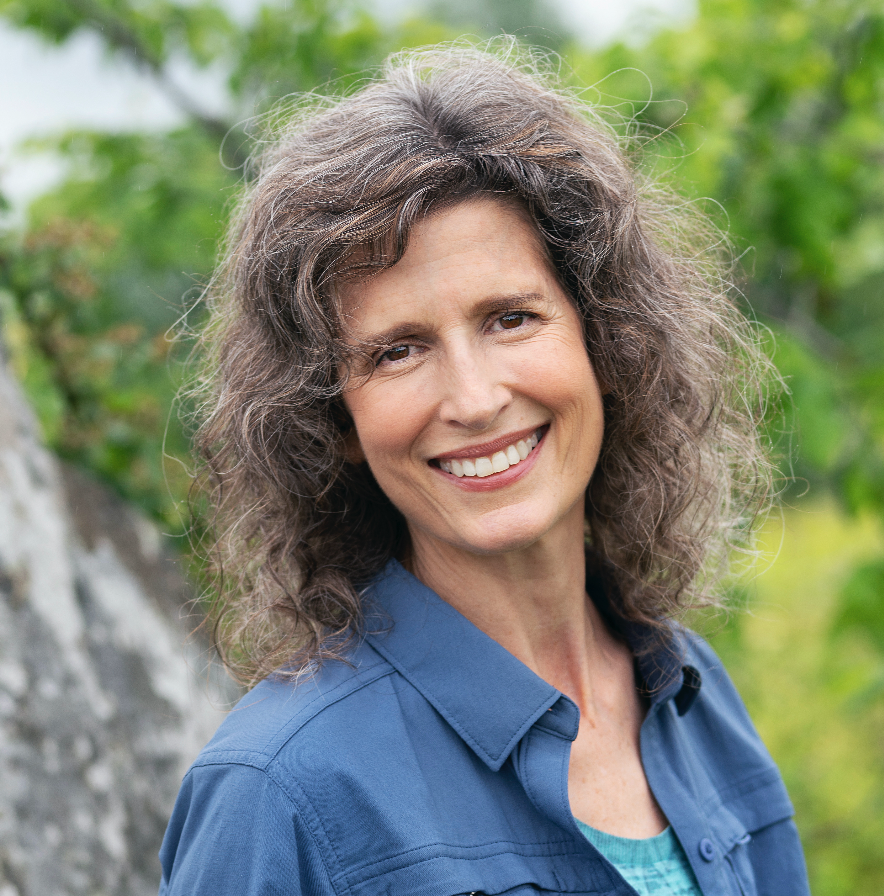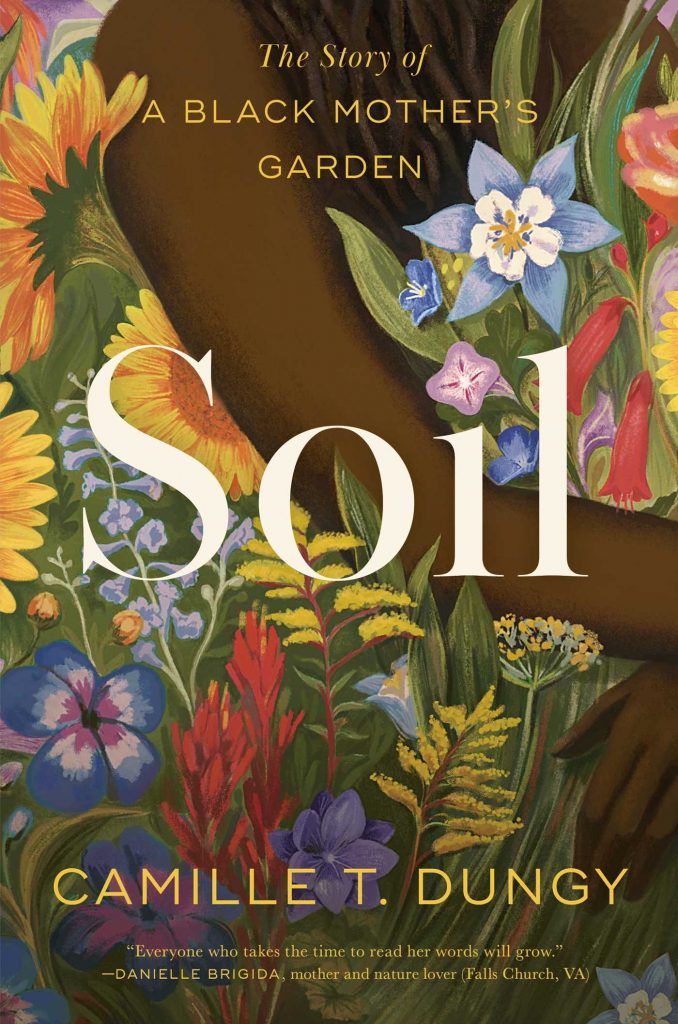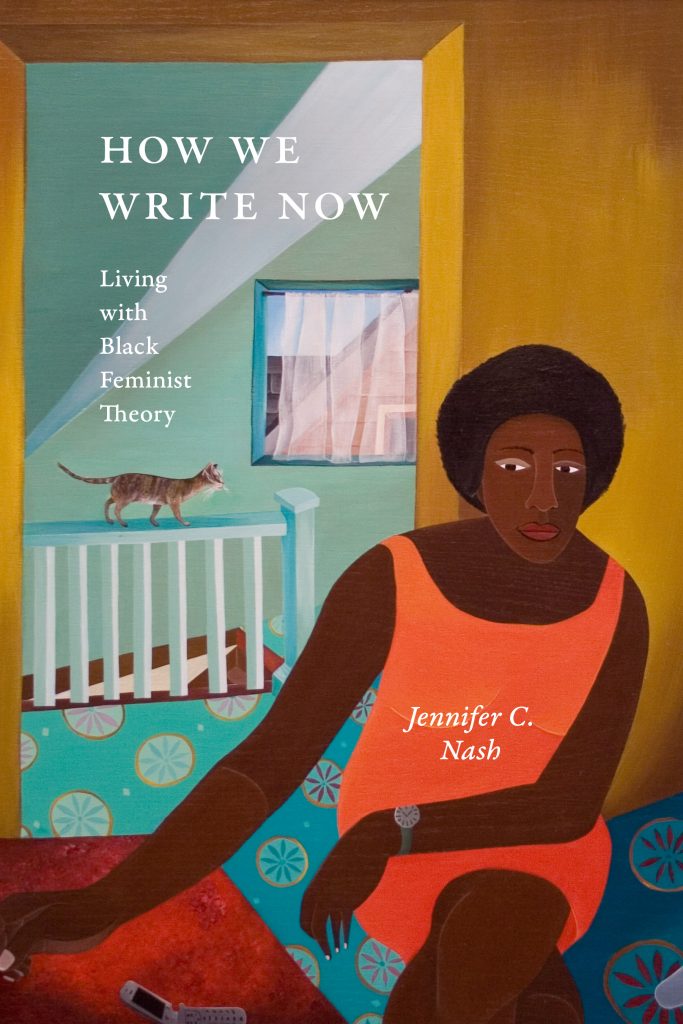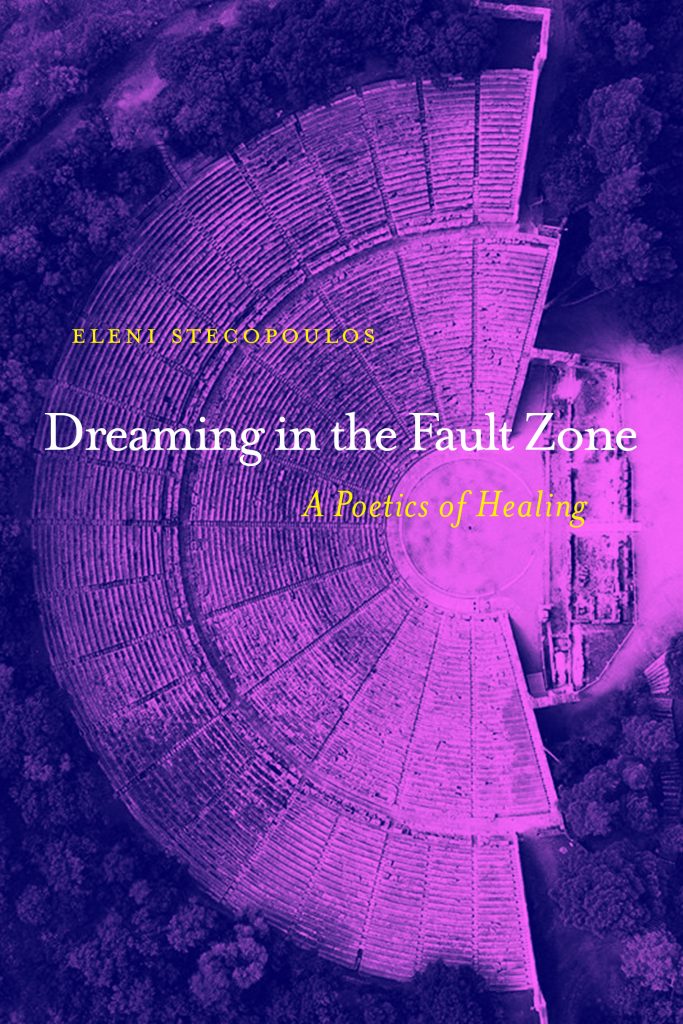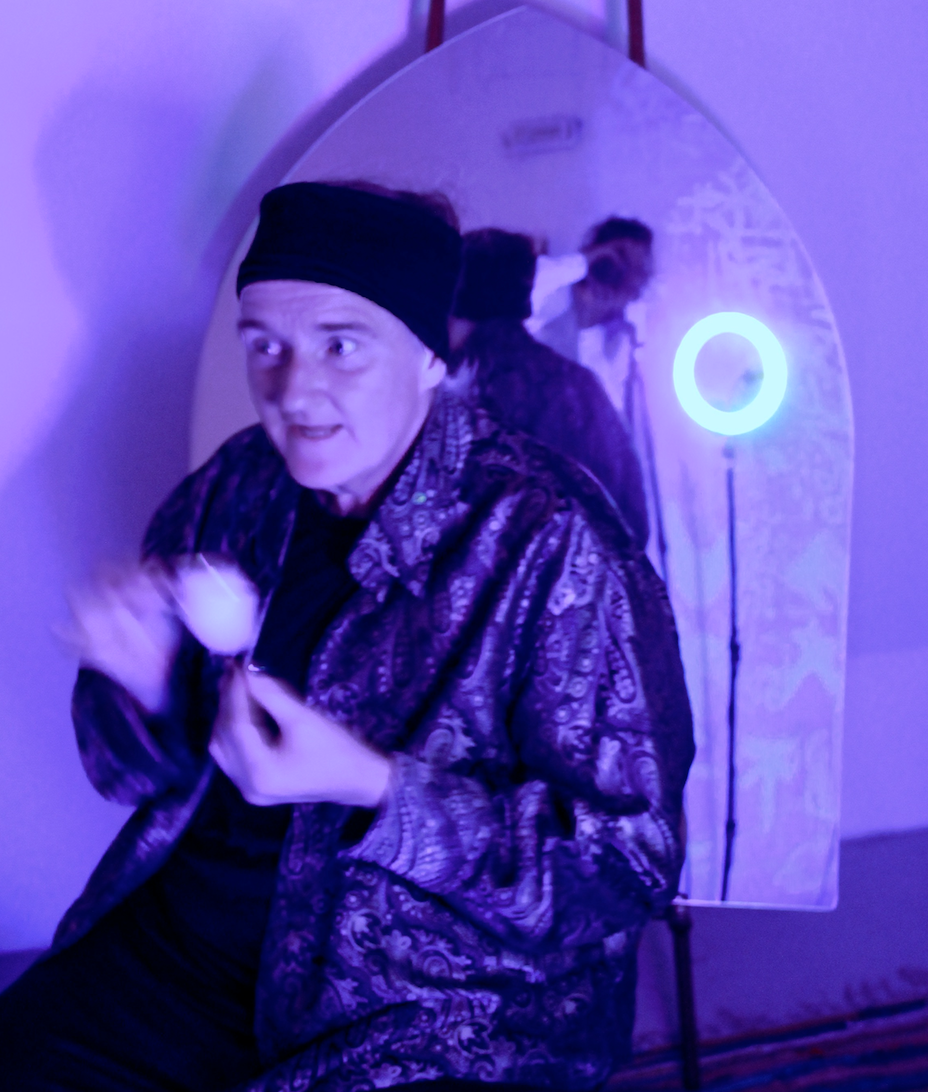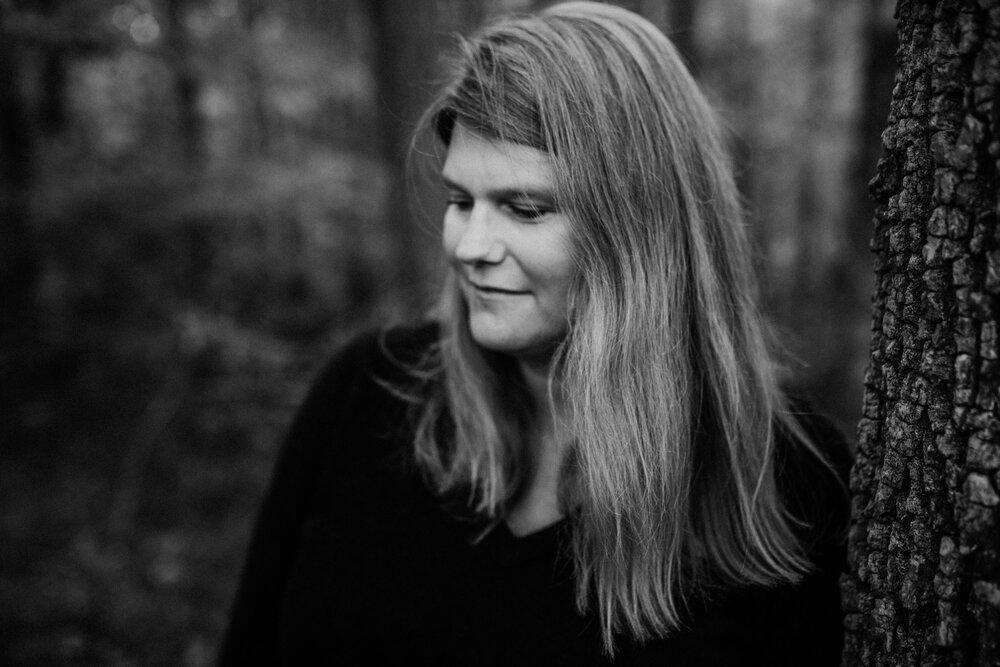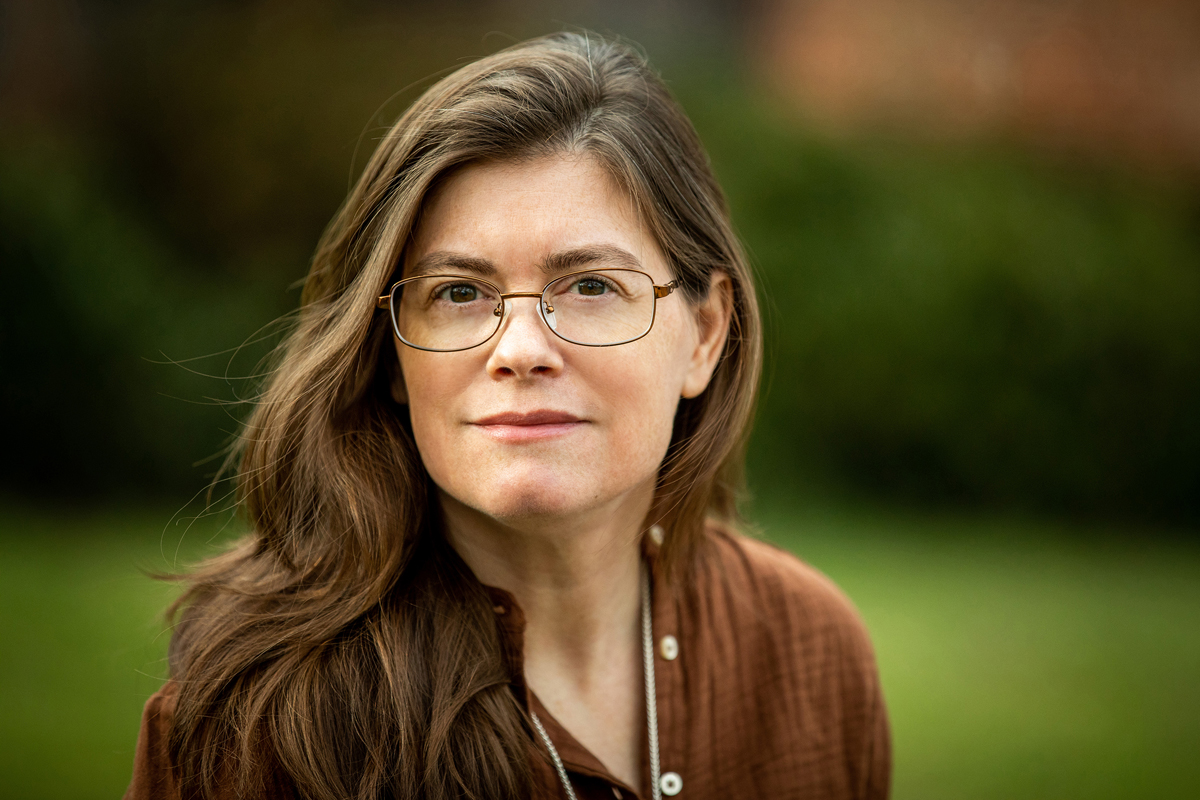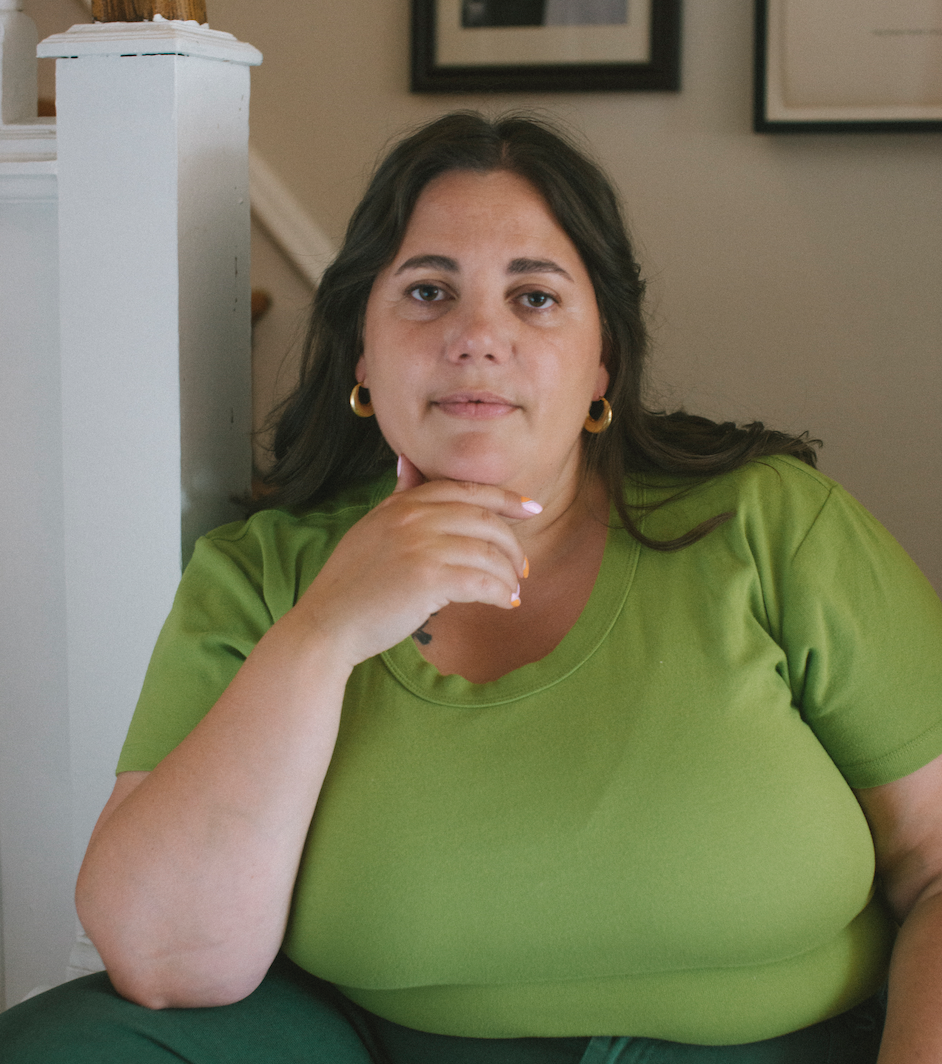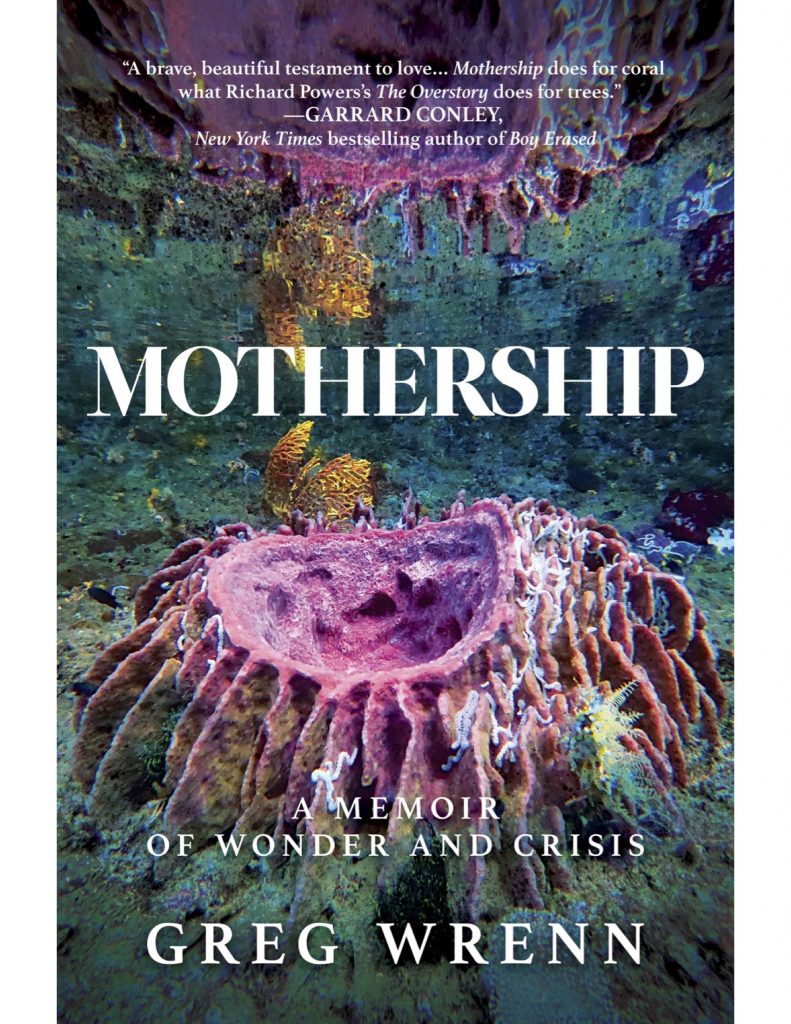In Bad Naturalist: One Woman’s Ecological Education on a Wild Virginia Mountaintop, Paula Whyman recounts her attempts to restore the ecosystem of a mountain that she and her husband bought. “I’ve been working on the mountain restoration for nearly four years now, since we bought the land in early 2021,” says Whyman. “I started work on the book several months after I started the meadow project.”
Situated near the Rappahannock River at the foot of the Blue Ridge Mountains, the land will feel familiar to local readers through Whyman’s descriptions of towering white oaks, black cherry trees, Albemarle pippins, and blackberries, as well as kudzu, autumn olive, and trees of heaven. It’s a place full of butterflies and bumblebees but also ticks and wasps.
But, how does one buy a mountain? After decades in the D.C. suburbs, Whyman and her husband decided to retire to the country. So they shopped around and bought the mountain much as anyone would buy any real estate. Their 200-plus acres of land encompass a roughly 1,400-foot mountain, full of neglected farmland and pastures, overgrown meadows, and forests along its slopes.
A different book might have interrogated the privilege of being able to buy a mountain or the potentially colonial impulse to do so, but Whyman eschews this in favor of meditating on what it means to own the land at all. “It still feels to me like a ridiculous and foreign concept, to own something like a mountaintop,” writes Whyman. “Where does such ownership begin and end? Do I own the soil and the rocks and the mosses? The toads by the pond, and the dung beetles, too?” These are questions she continues to chew on throughout the book.
Laying the groundwork for her land conservation and restoration project, Whyman writes, “I was driven by the particular goal of establishing a native meadow wherever we ended up—a neat, organized, narrowly defined project.” However, she is quickly disabused of the idea that this is a simple undertaking or one that she will have control over—or indeed one that will even involve planting a meadow.
Indeed, Whyman recruits a laundry list of experts, from the USDA’s Natural Resources Conservation Service, the Smithsonian’s Virginia Working Landscapes program, and the Virginia Department of Forestry, to independent arborists and restoration contractors as well as a wildlife biologist and a forester. She hopes that these professionals will help her select the “correct” way to rehabilitate the land she has purchased. Along the way, Whyman gains valuable perspectives and ultimately discovers that there is not one right way to proceed, but countless considerations and perspectives to weave together. She also learns about the risks of disturbing an ecosystem, the hard way—unintentionally creating opportunities for chaos to flourish as she attempts to fix a variety of aspects of the land, from erosion to invasive plants. As she gains this firsthand experience, the tone of the book changes, from at times inelegant self-deprecating humor to a more thoughtful approach, reflecting on lessons learned.
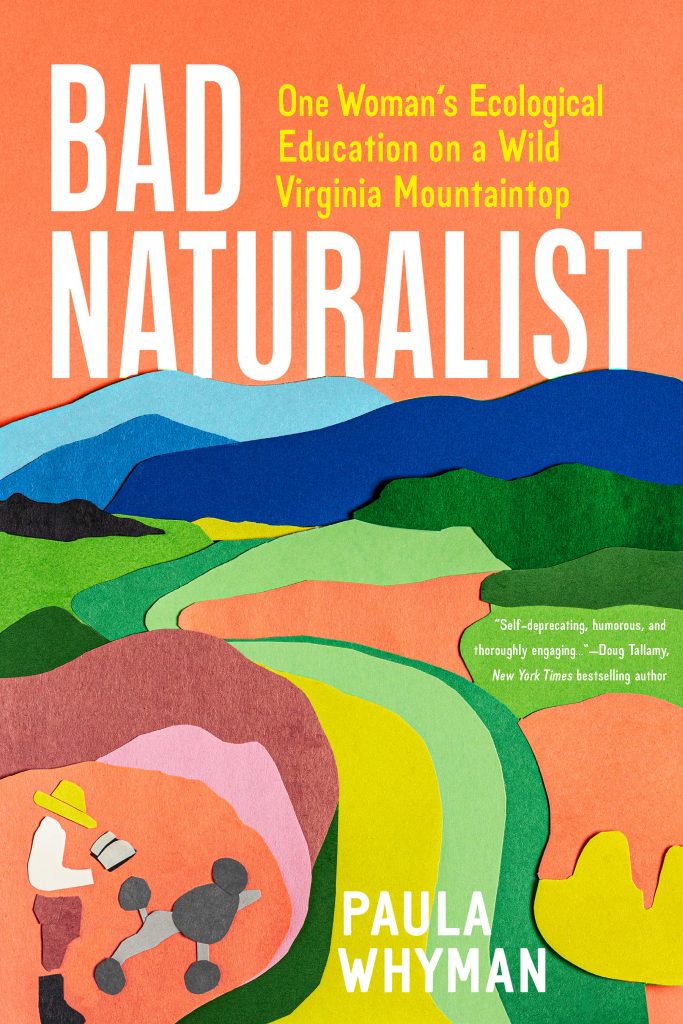
As much as Bad Naturalist is a tale of Whyman’s efforts to improve the land, it is also a personal chronicle that brings attention to, and vocabulary for, her new surroundings. She invites the reader to join her in learning the names of unfamiliar native flora and fauna throughout the book, from broomsedge and spotted knapweed to purple panic grass and grasshopper sparrows. “The more I paid attention to what was right around me, the more interested and curious I became, and the more I could see how every creature and plant are connected,” recalls Whyman. “There are so many of these interconnections, I’ll never run out of new ones to discover, and that to me is inspiring.” She also digs into invasive plant legislation in Virginia: Indigenous practices of intentional burning to support healthy ecosystems, carbon sequestration, and habitat fragmentation, among other research topics to build her knowledge as a budding conservationist.
“My advice to aspiring conservationists or naturalists would be to start by looking closely at the natural world wherever you find yourself, and see what you’re drawn to, where your passion lies,” says Whyman. “If it’s birds, start watching them, and you’ll notice things you might not have noticed before. Maybe try to find out what one thing you could do, one thing you could plant, to attract more birds where you live. Maybe there’s a park where you live that could use some TLC, and volunteers for such an effort might be welcome.”
As for her own mountain and the TLC needed there, Whyman reflects, “I wanted the book to read like a well-shaped story, and that required some discipline [but] … nature doesn’t stop, of course; the mountain keeps changing.” Indeed, she has two new conservation and land stewardship projects underway. “I now have two American kestrel nest boxes in the meadow, thanks to the folks at the Grassland Bird Initiative,” says Whyman. “They are studying kestrels to try and increase the population and to find out what’s behind their decline in this area. So, this winter, I’m keeping an eye out for kestrels that might be scoping out those boxes for nesting in the spring. I’m also waiting for a prescribed burn on two large fields that I have not burned before. It will be a big experiment to see what grows there afterwards.”
